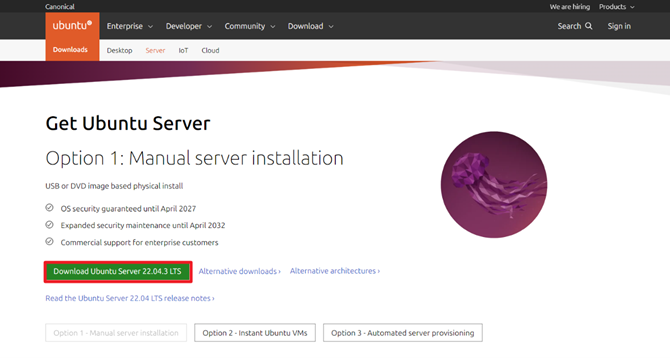Introduction
Dynamic Host Configuration Protocol (DHCP) simplifies IP address management by automatically assigning IP addresses and other Settings like Domain Name System DNS, Gateway to devices in a network. MikroTik routers offer a robust solution for configuring DHCP servers, enabling seamless IP allocation and efficient network management. This guide will walk you through setting up a DHCP server on MikroTik, ensuring a stable and automated network environment.
For more details about this topic you can check MikroTik page.
Video Tutorial How to create DHCP Server and Sttings on Interface
In this video, I demonstrate how to create a DHCP Server on a MikroTik device using a bridge interface. You’ll learn step-by-step how to:
DHCP Configuration via Winbox
Step 1: Log in to MikroTik Router
Access your router via the MikroTik WinBox application or the web interface. Use your credentials to log in.

Step 2: Define an IP Pool
Navigate to IP > Pool, click the “+” icon, and define the range of IP addresses to be distributed. Example: 192.168.1.100-192.168.1.200.


Step 3: Create a DHCP Server
Go to IP > DHCP Server and click DHCP Setup. Select the interface where the DHCP service will run (e.g., ether1). Follow the wizard to set parameters like the IP pool, default gateway, DNS server, and lease time.

Step 4: Verify the Configuration
After completing the setup, ensure the DHCP server is active. Check the Leases tab under IP > DHCP Server for a list of devices assigned IPs.
Step 5: Configure Gateway and DNS Settings

For advanced configurations, such as binding specific IP addresses to devices or enabling logging, explore options in the DHCP MikroTik Server section.
Configuration via CLI
Step 1: Define an IP Address for the Interface
Assign an IP address to the interface where you want to set up the DHCP server:
/ip address add address=192.168.1.1/24 interface=ether1
Step 2: Create an IP Pool
Define the range of IP addresses to be allocated by the DHCP server:
/ip pool add name=dhcp_pool ranges=192.168.1.100-192.168.1.200
Step 3: Set Up the DHCP Server
Add the DHCP server to the desired interface and associate it with the IP pool:
/ip dhcp-server add name=dhcp1 interface=ether1 address-pool=dhcp_pool lease-time=10mStep 4: Add a DHCP Network, Gateway and DNS Settings
Specify the network details, including the gateway and DNS server:
/ip dhcp-server network add address=192.168.1.0/24 gateway=192.168.1.1 dns-server=8.8.8.8,8.8.4.4
Step 5: Enable the DHCP Server
Ensure the DHCP server is active:
/ip dhcp-server enable dhcp1
DHCP Server Verification
Check the status of the DHCP server and assigned leases:
/ip dhcp-server print
/ip dhcp-server lease print















